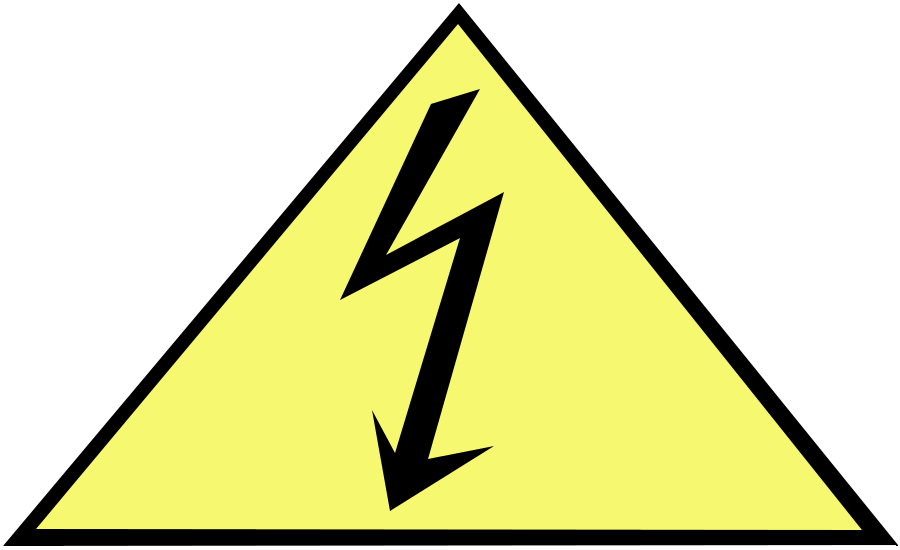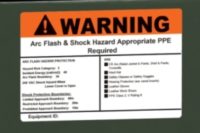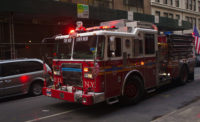National Grid representatives and first responders joined forces to learn about the potentially hazardous effects of live wires in an emergency situation.
National Grid hosted a live power line demonstration conducted by the company’s line mechanics for first responders to see and learn what to do in case they arrive on scene to live wires being down.
When first responders arrive on scene for calls such as car accidents or fires, they are usually always first on scene and they face the greatest risk from utility hazards such as downed power.
Speigletown Fire District Chief William Maloney, who is also an employee of National Grid, explained what causes power lines to fall down and what should be done after they fall during a demonstration that took place at the Schaghiticoke Fair Grounds.
“We wanted to have this kind of demonstration so that we could inform the public and first responders of the potential dangerous situations that they could come across with down wires,” said Maloney. “We want to make sure to keep everyone safe in case they ever come across a down power wire.”
Scenarios for the demonstration included general electric safety tips, energized vehicles, ladders coming into contact with conductors, and examples of animals damaging power lines.
“One of the effects that we see take our system out is animals, most commonly a squirrel since they have a longer tail and their tail will usually hit something that it’s not supposed to hit,” said Maloney.
During the demonstration Maloney and other National Grid service workers showed what exactly that looks like by using a fake wooden squirrel named “Rocky.” As they put the fake squirrel onto the live power line everyone in the crowd then heard a loud popping noise which meant the animal blew a fuse in one of the lines.
“Even after the fuse has blown, remember to still not approach or touch any of the power lines because part of that line could still be active,” said Maloney during the demonstration.
National Grid workers then went on to show and explain what will happen when a tree branch falls down onto power lines.
“During this time of year, we will normally see more trees falling down due to different weather conditions,” explained Maloney.
The dry piece of wood that was used during the demonstration conducted electricity which conducted voltage and arc flashes once it made contact with the live power lines.
An arc flash is a type of electrical explosion or discharge that results from a low-impedance connection through air to ground or another voltage phase in an electrical system.
The demonstration also showed first responders how their fire boots could cause arcs if they walk over live power lines.
“At National Grid we wear specialized boots which are called electrical hazard rated boots and on top of that we wear another pair of shoes that adds an additional layer of protection for up to 15,000 volts,” said Maloney. “If you were to walk on a line with a normal fire boot, every time you take a step you have the potential of drawing an arc.”
Source: Troy (NY) Record www.troyrecord.com




